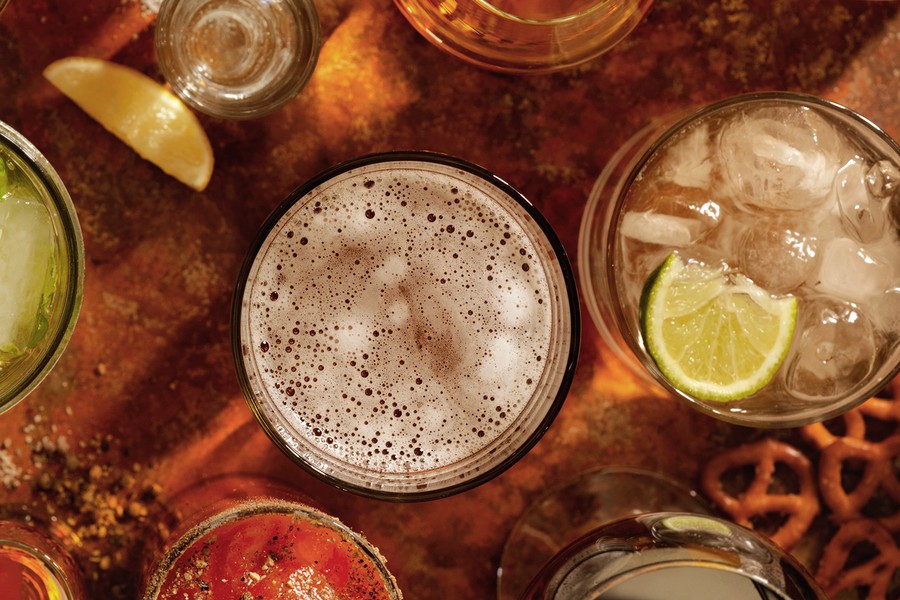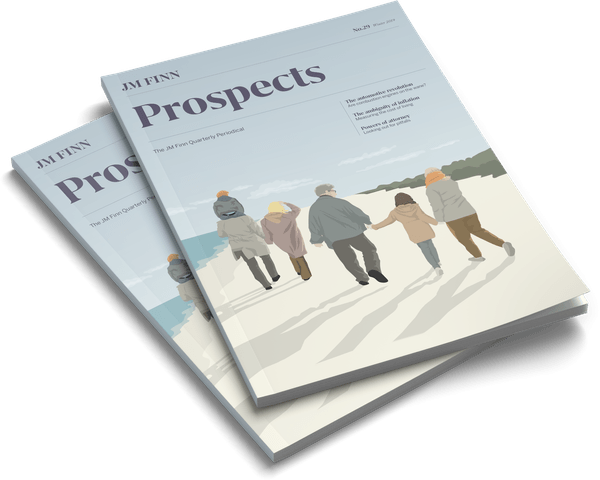As has been experienced in post-war Japanese society for instance, rapidly Westernising societies have an established tendency to alter their drinking patterns towards established Western brands. Considering the fragmented and localised drinking patterns seen in China, this could prove, in my opinion, lucrative and exciting.
Diageo holds sway over some of the world’s strongest brands in key categories of premium spirits. For instance, Johnnie Walker whisky is nearly 150 years old with a high aspirational positioning in the minds of many new consumers. This type of pricing and distribution mechanism is powerful, allowing Diageo to establish an escalating price architecture of products that Emerging Market demand has fed into. Globalisation and the emergence of middle class societies off the maturing wage structures in Asia and Latin America have driven this trend.
The sector has seen regular consolidation in recent decades and management teams clearly have to plan around long term demographic and social change.
It is true that localised economic and corruption measures have interrupted the process recently in China but, longer term, the pricing, penetration and demand for branded Western liquor could be a growth dynamic.
Internationally, the ongoing demand for brown spirits, such as Scotch whisky or North American whiskey/ bourbon, is proven. The sector has seen regular consolidation in recent decades and management teams clearly have to plan around long term demographic and social change. Diageo’s brand positioning in key categories is important. It has an array of specialist whiskies beyond Johnnie Walker, spanning all aspirant price points. In vodka, it produces the key Smirnoff brand, a high volume seller, and in dark rum, Diageo markets the fast growing Captain Morgan brand, often towards a more youthful demographic. In liqueurs, it owns Baileys and in Canadian whisky, Crown Royal. Within the other major British export category of gin, the group owns Gordons and the super-premium Tanqueray. All of this is supplemented by the somewhat anomalous, historic ownership of the Guinness stout brand. This asset is important and has been subject to speculation that might thrive more and release value if spun out or sold off. The historic links of Empire-based distribution networks for Guinness into Africa are important. This under-developed market place has notoriously poor distribution infrastructure and the Guinness legacy presence is an important and valuable entry point into this vast and early stage market.
Innovation in brand structures and launches plays an important role in developing and growing an international drinks presence. Variants on traditional formats are regularly tested, with flavours for whiskeys and vodkas being seen in such categories as black cherry, vanilla and green apple, all exploring volume growth opportunities among new customer bases. Size availability is also a factor with African consumers being introduced to leading brands through smaller 20cl bottles or cheaper blends. Diageo has also extended its international distribution presence by acquisition, with Mey Icki in Turkey and Ypioca in Brazil being recent examples that leverage its international distribution structure into new growth markets.
In India, Diageo has a dominant and important network, gained through its shareholding in United Spirits. India is a generation behind China and recent reform patterns underwrite strong long term growth patterns in this major market as its democratic base develops. This market is one where culturally Diageo has an important presence and aspirational drinking volumes and demand patterns are already well established.
Many aspects of Diageo’s business mix underwrite its long term growth. However, lacklustre volume delivery and a somewhat cluttered corporate structure leave Diageo’s senior management under pressure to perform. The hiatus of demand in the Chinese market has seen growth momentum stall in the short term. Speculation that the acquisitive Brazilian brewing interests of the fast-growing 3G, might be interested in Guinness and have underwritten share price performance in recent months. Finally the historic link between Diageo and LVMH over purchase options on the mutual Moet Hennessy stake could see a resolution, with either a disposal of this valuable asset or a move, albeit at eye-watering levels, to enter the international champagne and cognac arena. At some stage, investors will expect a management decision here.
Diageo represents a fundamentally important example of underleveraged distribution. Interruptions to global growth aside, these assets and their management are under long term pressure to deliver growth off this proven and defensive growth category.
Geordie Kidston is a beneficial owner of Diageo.

